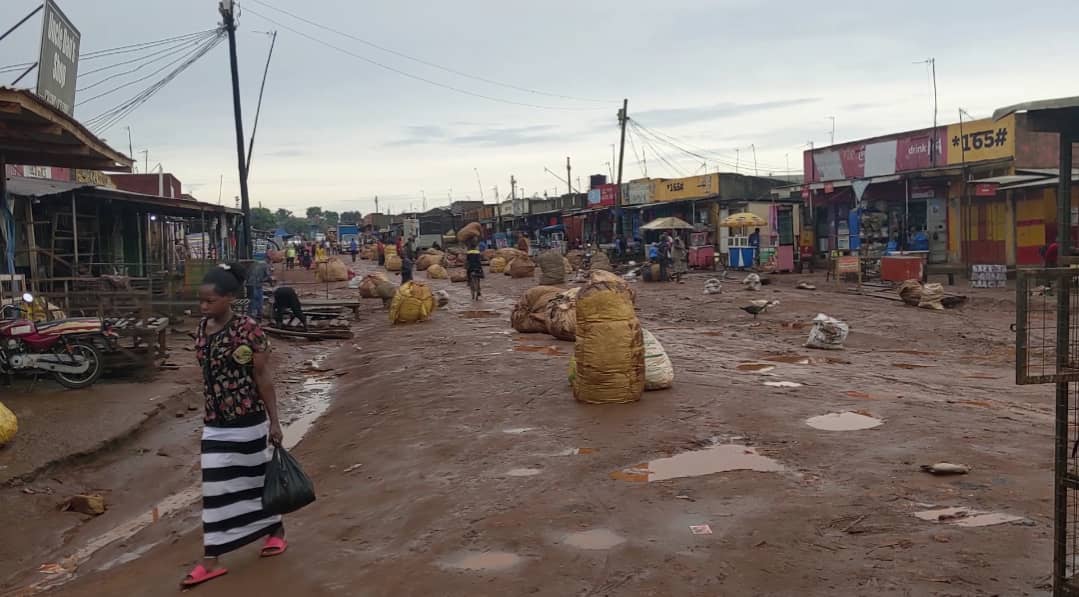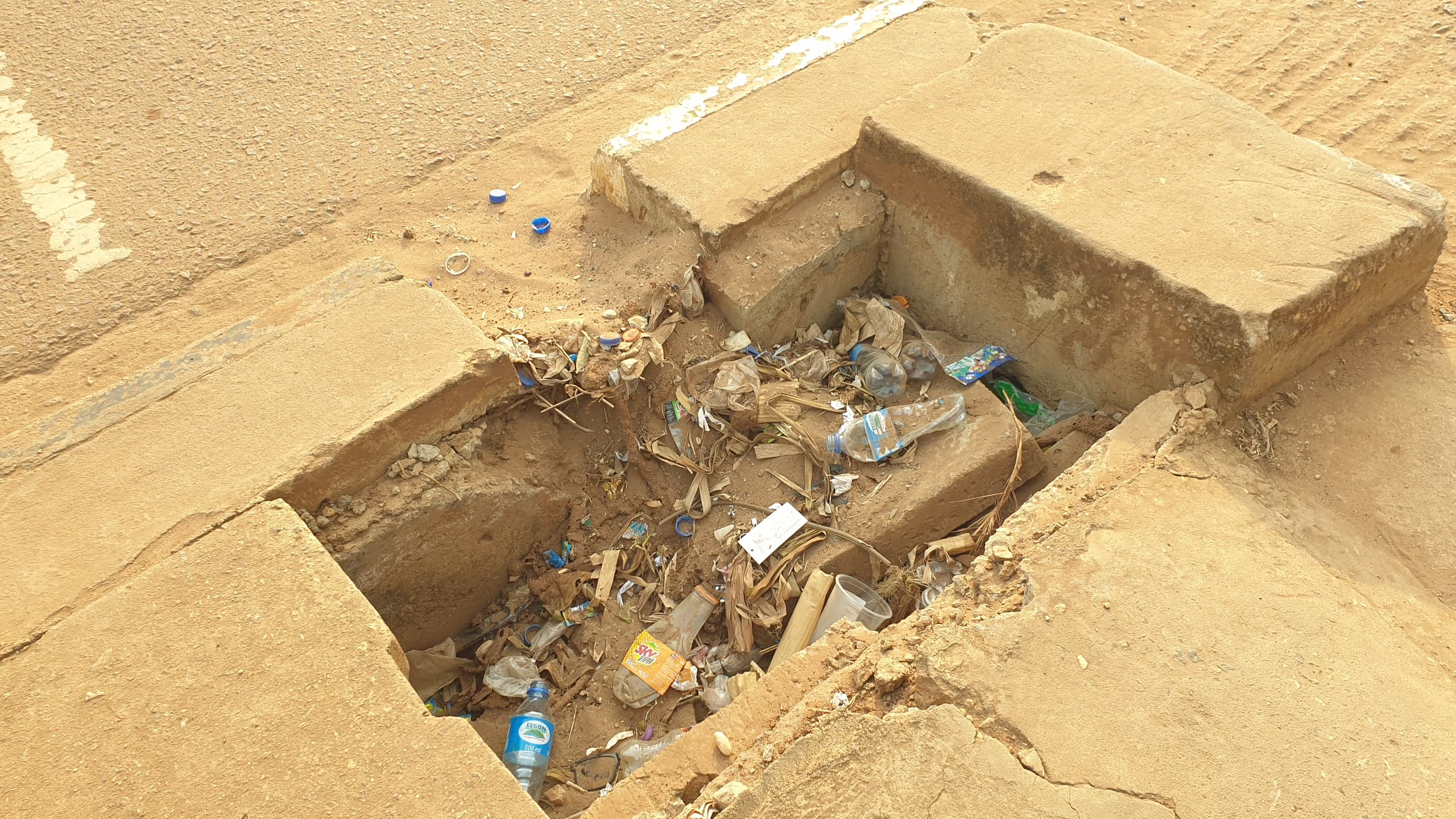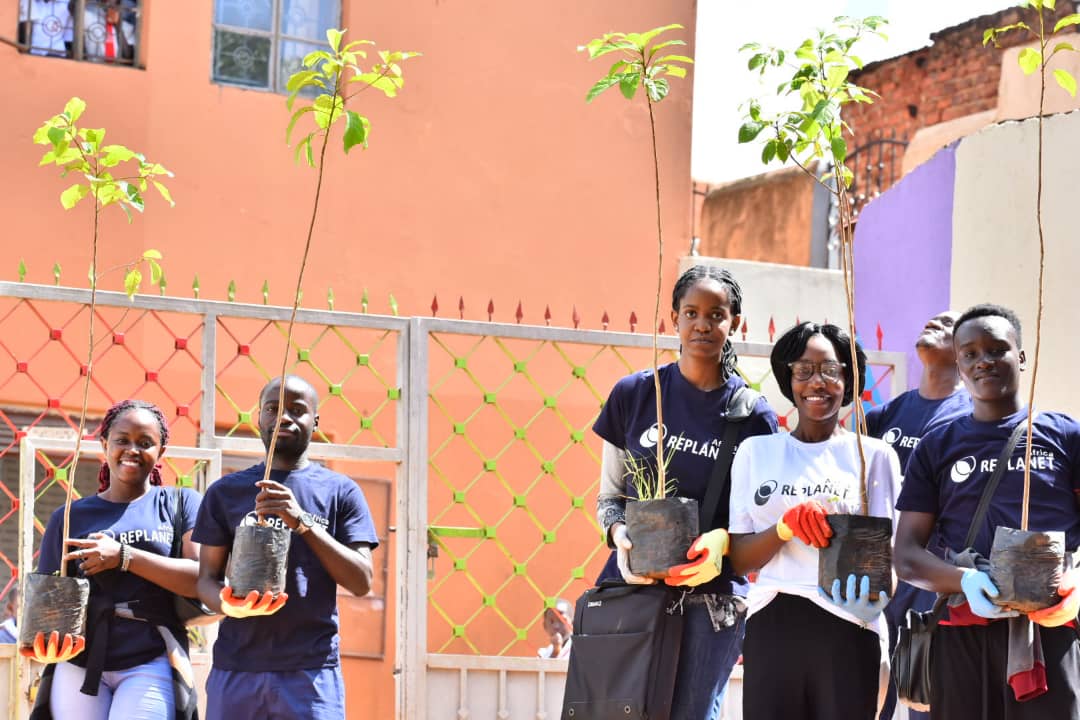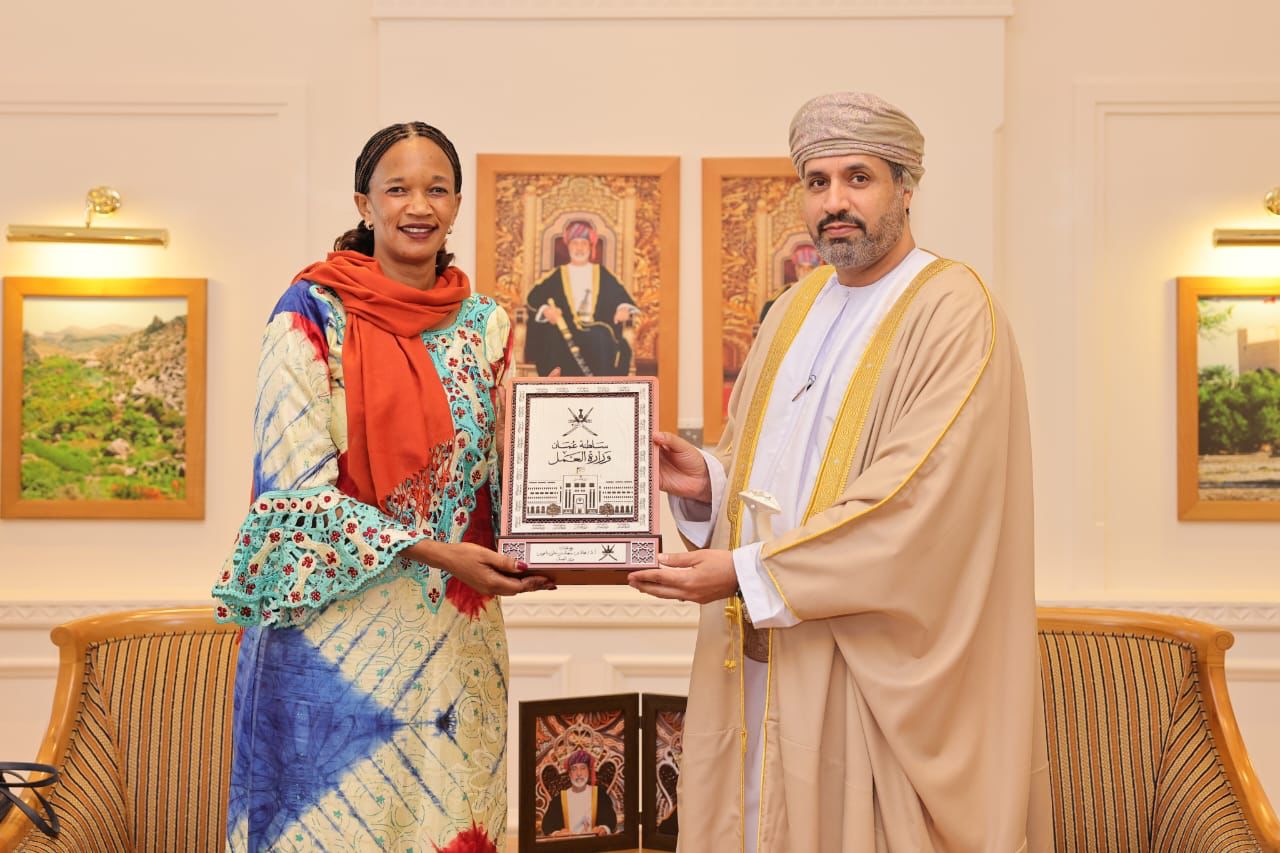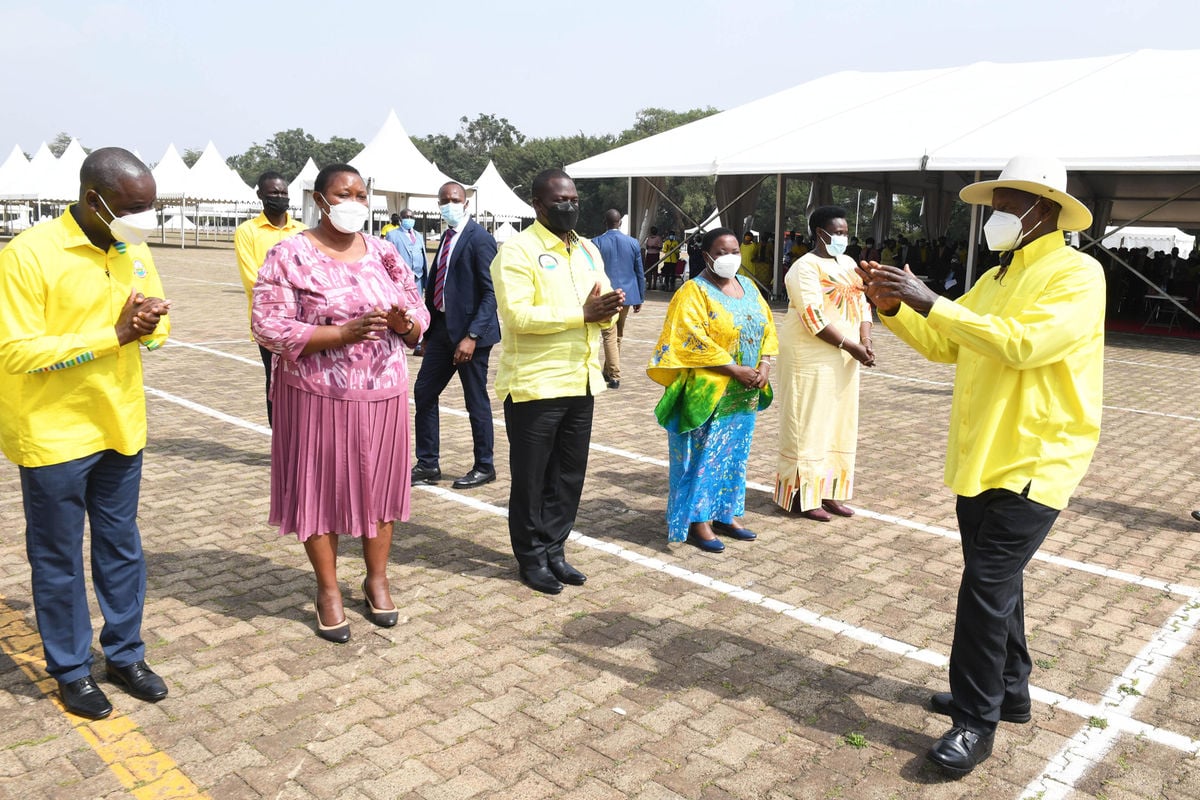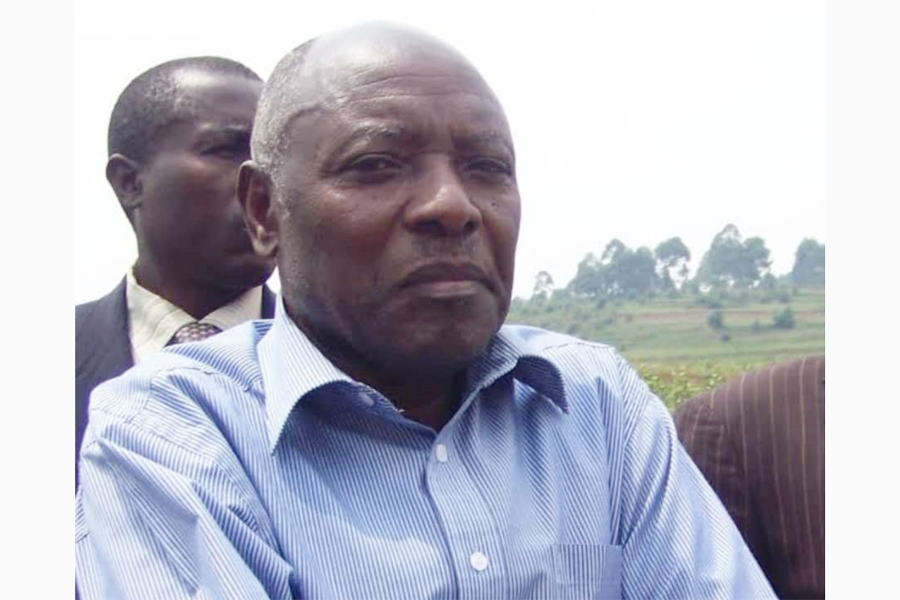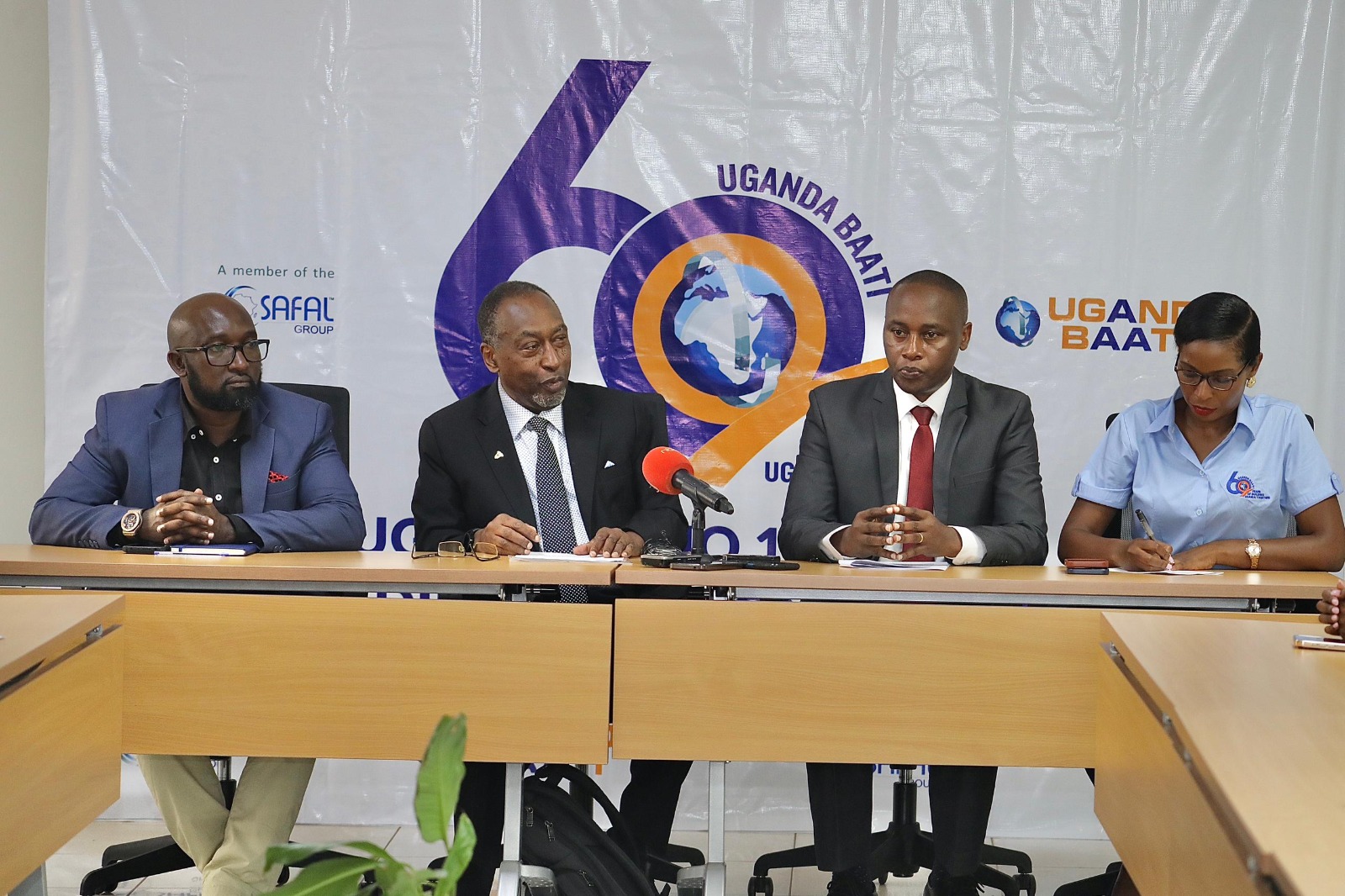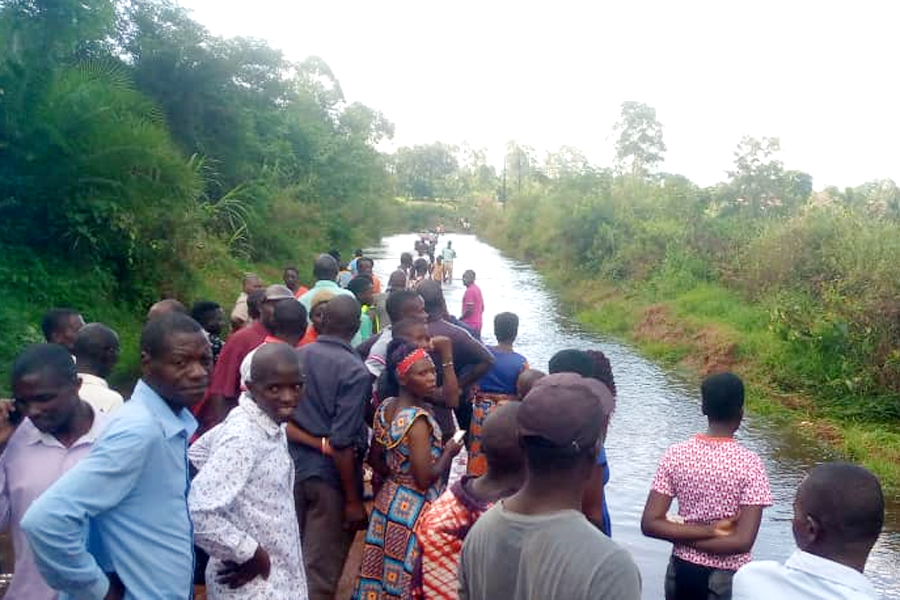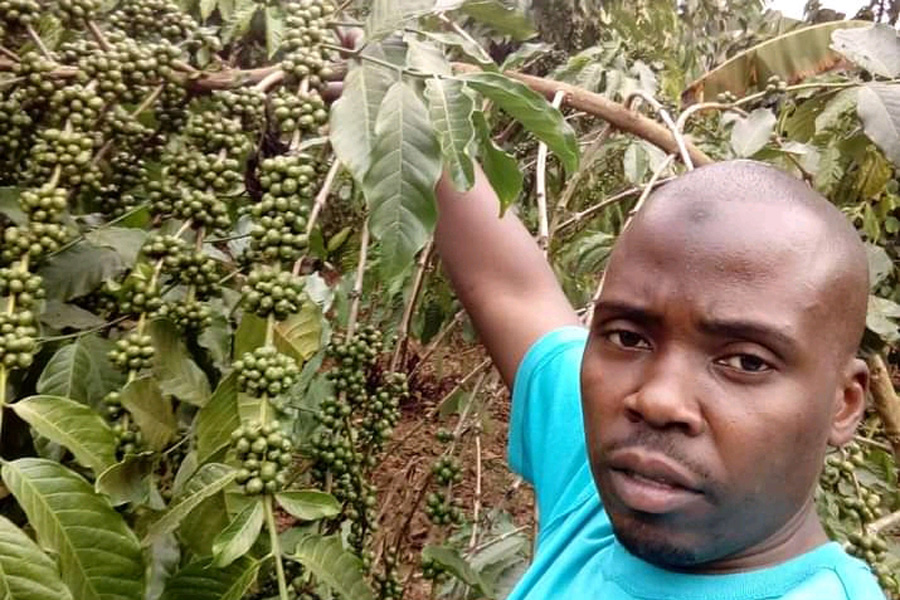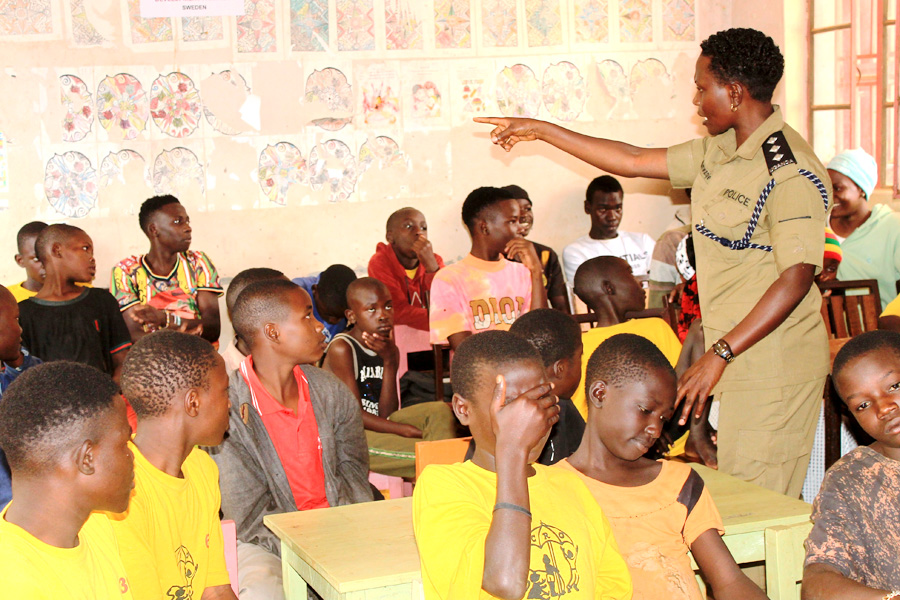Interlocking stabilised soil blocks and why they should interest you before you build your house
There are many alternative building and construction technologies over time and cheaper options are being studied to solve the housing solutions due to ever increasing population keeping the land area constant.
Nile Post sat with our building expert Engineer Abdul Mwanje of First Village Technical and Construction company to talk about the Interlocking Stabilized Soil Blocks (ISSB)
Keep Reading
It is called stabilized soil block because there is the use of cement ratio to stabilize the soil components forming a strong block under pressure.
“These blocks are formed using environmentally friendly and readily available materials which are specifically selected soil normally under the topsoil preferably murram. The topsoil is not good due to the organic matter in it like plants and other living things. It is then prepared using a mesh to sieve off the big particles then measured in recommended quantities,” Mwanje says.
He says that one needs about eight (8) wheel barrows for a bag of cement. This then mixed evenly with little water and placed in the machine containing the interlocking block mold and compressed to form the block.
“It is quick and many blocks can be produced in a day. For 8 wheelbarrows and a bag of cement can produce about 150 and 200 blocks and with a good team using one machine, can produce about 1000 and 1500 blocks a day.”
The produced blocks contain about 5% to 10% of cement used to stabilize it. The newly produced blocks are cured not under direct sun for about 10days before use.
According to Mwanje, the blocks are a cheaper option in construction because;
They can be made on-site hence eliminating transport costs.
They are by dry stacking meaning no mortar required during construction and saves 35% of your construction project cost.
Construction is fast as it requires no mortar making it faster up to 50% less time than burnt clay bricks.
They form a mechanical bond that interlocks to form a strong wall than burnt clay bricks since technically a layer of mortar in a wall is a weak point on a built wall.
They cost between 1000sh and 1800sh depending on the size and material used. They can be made from soil, stone dust, and road lime.
They are Eco-friendly.
They need less cement and very little sand.
They are cost-effective and environmentally friendly.
Plastering is optional. You can do the plastering and painting or leave them
“Mean while interlocking blocks are not good for buildings that have more than 5floors because of the density and weight of the walls. Asquare meter of a building can consume between 20 and 30 blocks depending on the size used,” he says.



